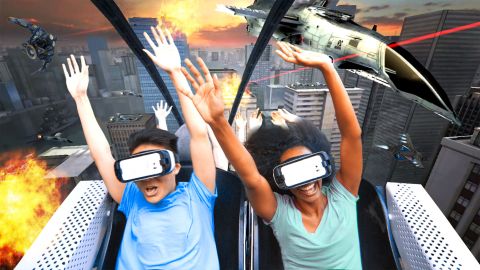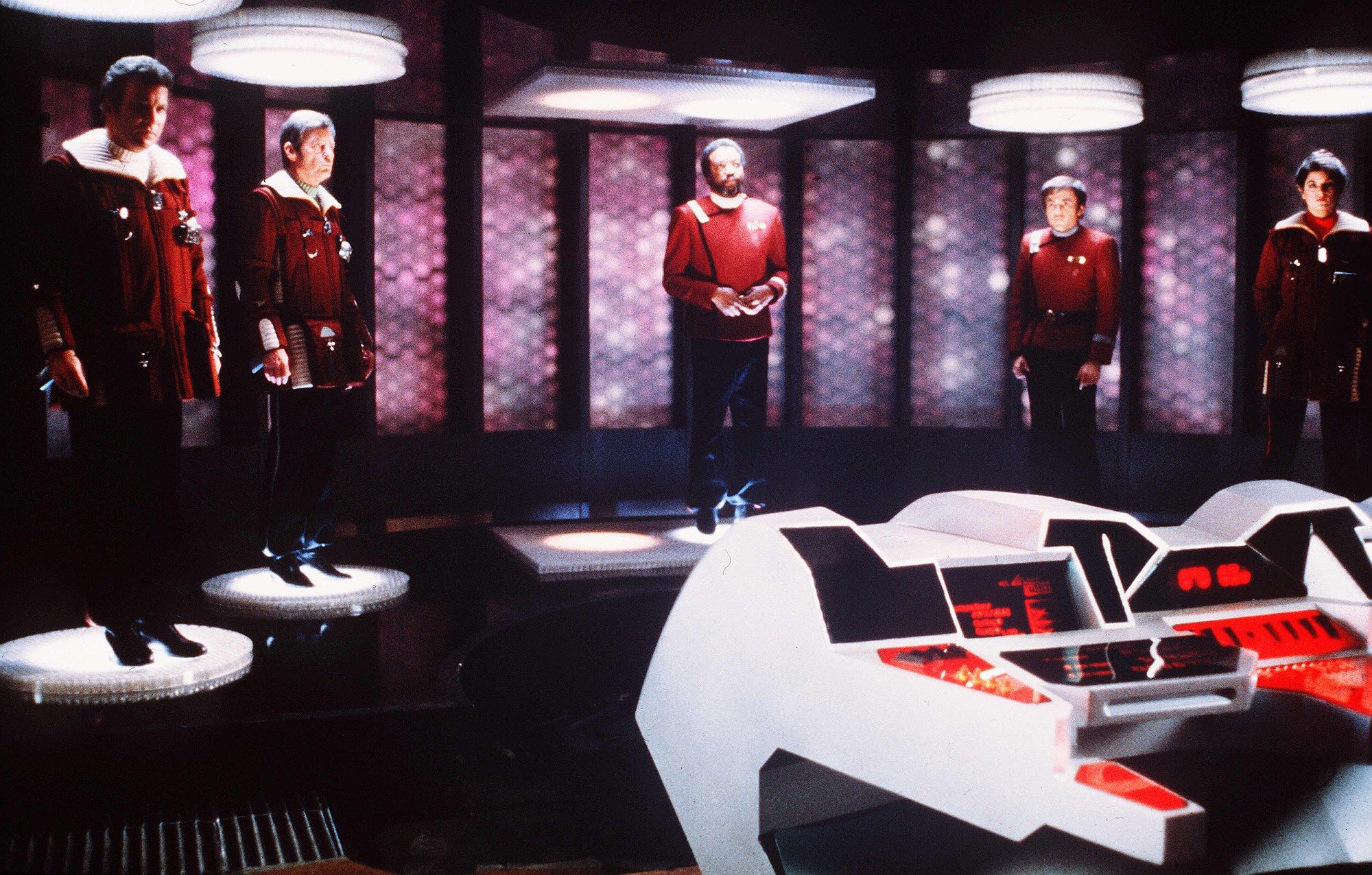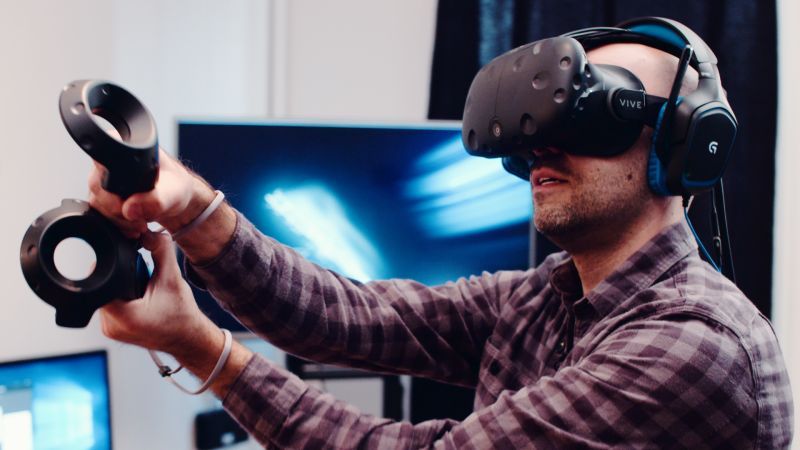Amsterdam is now home to the world’s first VR cinema, and it’s just as strange as you expect it to be.
Category: entertainment – Page 127

Parks Associates Analyst to Discuss Digital Content and Virtual Reality at Cablefax Multiscreen Summit
Personally, I cannot wait to visit historical sites where they are leveraging AR to bring history to life. Visiting Versailles or the Winter Palace in Russia and seeing historical figures acting out as they did then would be pretty amazing.
DALLAS, TX — (Marketwired) — 03/07/16 — Parks Associates today announced Glenn Hower, Research Analyst, will address the evolving virtual reality market at the Cablefax Multiscreen Summit this week in New York City.
“Virtual reality is still in its earliest days, though there are clear signs that VR is about to move from concept to market reality,” Hower said. “The big change for 2016 is the emergence of multiple players making VR headsets. The Oculus Rift is currently the most recognized brand, but HTC, Samsung, and Sony have all expanded the market with their own models, which could help move this market beyond gaming and into new use cases such as virtual field trips, training, and recreation of historical events.”
Hower will participate in the session “Virtual Reality Show: How VR-Enabled Content Will Change the Content Game” on Tuesday, March 8, at 1:25 p.m. at the Yale Club in New York City. The session examines how VR content and technology could disrupt the video content and distribution industry. Other panelists include Craig Barry, EVP, Production & Chief Content Officer, Turner Sports; Debra Sharon Davis, President & CEO, Davis Communications Group, Inc.; and Dekker Dreyer, CCO, Clever Fox.

Six Flags Entertainment : and Samsung Partner to Launch First Virtual Reality Roller Coasters in North America
Wow; Six Flags new VR Roller coaster. My nephews are going to be excited.
Samsung is “Official Technology Partner” at Six Flags Theme Parks Nationwide.
Six Flags Entertainment Corporation (NYSE: SIX), and Samsung Electronics America, Inc., today announced a broad marketing partnership which appoints Samsung as the “Official Technology Partner” of the world’s largest regional theme park company. The partnership includes the debut of ground-breaking experiences coming to nine Six Flags parks — North America’s first Virtual Reality (VR) Roller Coasters, using Samsung Gear VR powered by Oculus.
This Smart News Release features multimedia. View the full release here: http://www.businesswire.com/news/home/20160303005730/en/
No Man’s Sky
This new video game would take over 5 BILLION years to fully explore!


The Video Game that Made Elon Musk Question Whether Our Reality is a Simulation
In June, a team of programmers will release a ground-breaking new video game called No Man’s Sky, which uses artificial intelligence and procedural generation to self-create an entire cosmos full of planets. Running off 600,000 lines of code, the game creates an artificial galaxy populated by 18,446,744,073,709,551,616 unique planets that you can travel to and explore.
Though this artificial universe is realistic down to the dimensions of a blade of grass, faster than light-speed travel is available in order for players to bridge the unfathomable distances between stars.
Chief architect Sean Murray says No Man’s Sky is different than most games because the landscapes and distances aren’t faked. While most space-based games utilize a skybox that simply rotates between different modalities, No Man’s Sky is virtually limitless and employs real physics.


Lady Gaga’s robotic keyboard had some help from NASA
Gaga has gone gaga over robotic arms for her keyboard.
“You have to institute and build a robotic system that would be ready to perform in six minutes in front of millions of people on national television.”
PlayStation VR Will Launch In Fall 2016, Says GameStop CEO During Live TV Interview
It’s looking like 2016 will be the year virtual reality hits the mainstream now that Oculus Rift is on the brink of shipping and Google Cardboard is into the millions of units sold. Now, we finally know when Sony is releasing its new VR headset too. GameStop CEO Paul Raines revealed the PlayStation VR will launch in the third quarter of this year during a live television interview.
“We will launch the Sony product this fall,” said Raines, “and we’re in discussions with the other two players.” Shortly after blurting out the PlayStation VR release date, Raines redirected the conversation to GameStop’s dominance in gaming hardware sales. To watch the flub, jump to the 2:40 mark in the clip below:

Is Your COUCH Smart Enough? Enter the Immersit
Smartphone meet the Smartcouch.
http://www.broadwayworld.com/bwwgeeks/article/Is-Your-COUCH-…-20160220#
I’m reporting this news now from my couch and I must admit that after months of immersion in the Smart Home world, I’ve never once considered if my sofa was on the list of home products needing to be upgraded. Until, I suppose…today. Welcome to the Immersit, the new device which might have you never looking at your La-Z-Boy the same way again. Or, if you’re like me … wondering if the product will work, destroy your sofa, or frighten the heck out of your pet.
Let’s go to the Kickstarter which is fully funded with more than $100,000 dollars pledged and still weeks to go. Here’s how they describe themselves: “Immersit, a plug & play device installed under your couch, can generate a very high amount of movement patterns and vibrations ranging from explosive to subtle: pitches, rolls & heaves, moving users back & forth, from side to side and up & down. All these, combined with intelligent vibrations and an adjustable intensity, result in the ultimate movie and gaming experience in which each explosion, wave & sharp turn is felt directly by the user from his own furniture.”
The genesis.